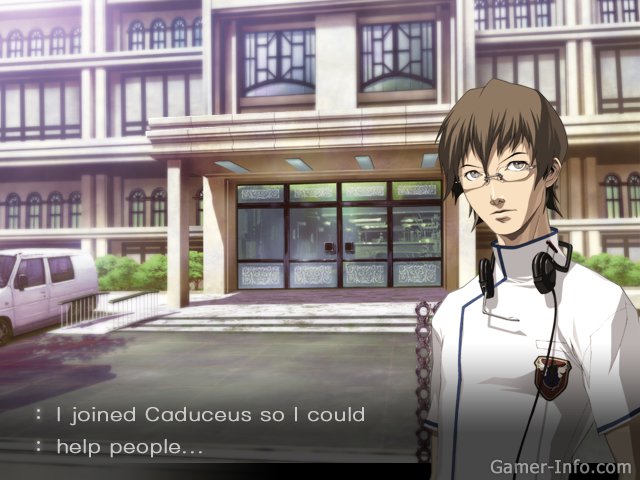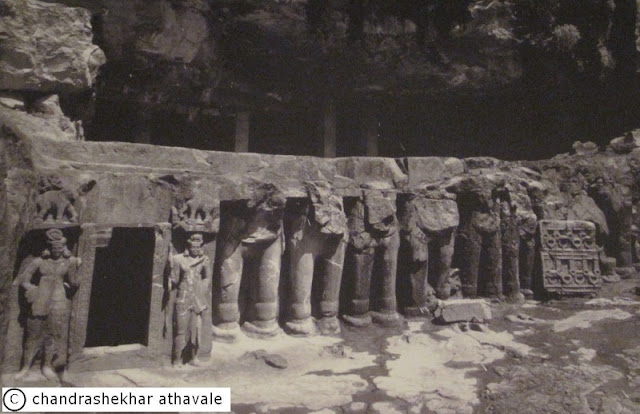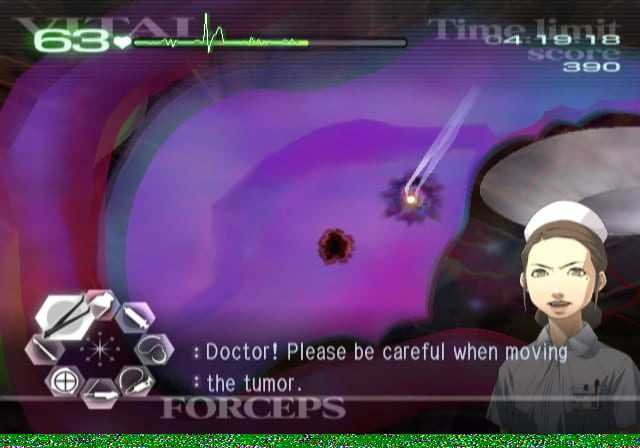
It's easy to see why Gabe became so cynical.

His Stigma-derived cure, Cardia, only worsened his madness to cult-like levels. Wanting revenge against the world and searching for a cure for his condition led to him working with the Kidman Family to secure and research the bioweapon Stigma. The betrayal, combined with contracting malignant diencephalic sclerosis, drove Vakhushti into madness. only to be betrayed and nearly assassinated by his own government. Having left his home in the Caucasus region to study medicine in Russia and America, becoming an accomplished surgeon and starting a medical company along the way, he returned to his motherland to help its people.

Granted, things improve over time, but it's no wonder why Angie's occasional harsh words toward Derek made her a divisive character in the series.

In the next chapter, Derek recalls back to Hoffman's word from the first game, and while trying to treat Adel for a disease he contracted from in the first chapter, he loses his Healing Touch. The other doctors try to nullify Angie's bitterness by saying the incident would've happened to them if they were in Derek's spot, but Stiles sided with Angie's words more than them. Even worse is that after that incident, Derek gets a scolding from Angie who calls him out for overestimating the power of the Healing Touch and having a patient die because of it. The death of Emilio is already a sad moment considering things were getting better at that point.

Possessing the Healing Touch made it all the more difficult to accept. But its consequences were more than he could bear. Try, for example, as this SPOnG reviewer did recently, to explain the appeal of Zelda to a thirty-something woman with no interest in videogames.Chapters 5, 6-1, 6-3, 6-7, 7-1, 7-3, 7-4: The next day, Derek Stiles did not show up at Caduceus USA. Easy to explain if you?re a gamer impossible if you?re not. No, what makes this, alongside a smattering of other launch titles, including Zelda: The Twilight Princess, one of the Wii?s few truly new-gen, buy-it-now games is the fact that it (sublimely) achieves the two goals that true gamers everywhere know to be all that matter: gameplay and immersiveness. After ten to twenty minutes of playing Trauma Center: Second Opinion any concerns about the look of the game seemed utterly inconsequential as it soon became apparent that the game?s aesthetic is not what makes it a must-have Wii title. You really do need to pick up the controls to get a feel for how perfectly ergonomic they really are. I took a hold of the Wii-mote in my right hand and the nunchuck in my left and blissfully fell into Nintendo?s much-hyped but as-yet rarely proven or experienced ?new generation? of videogaming.


 0 kommentar(er)
0 kommentar(er)
